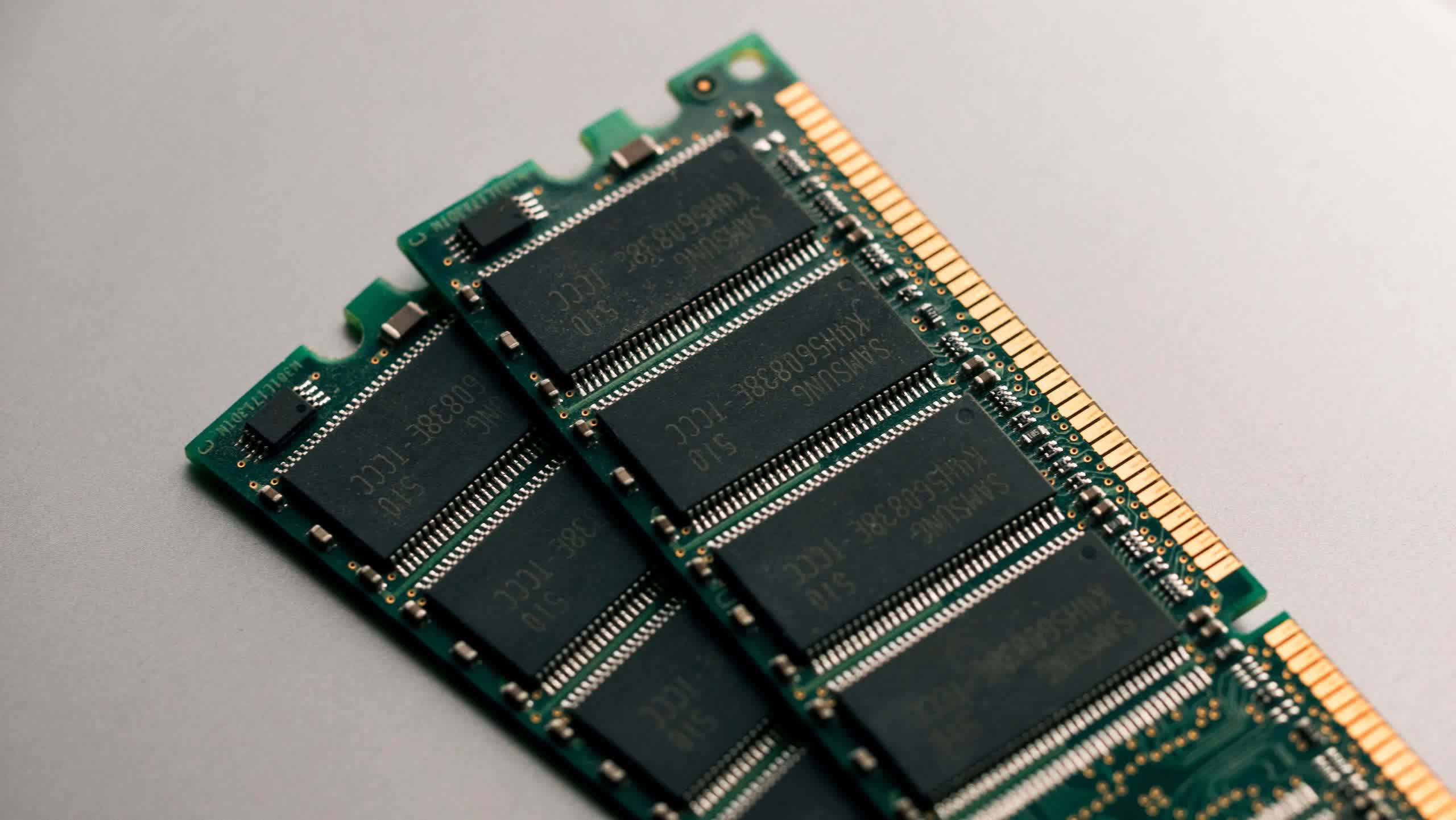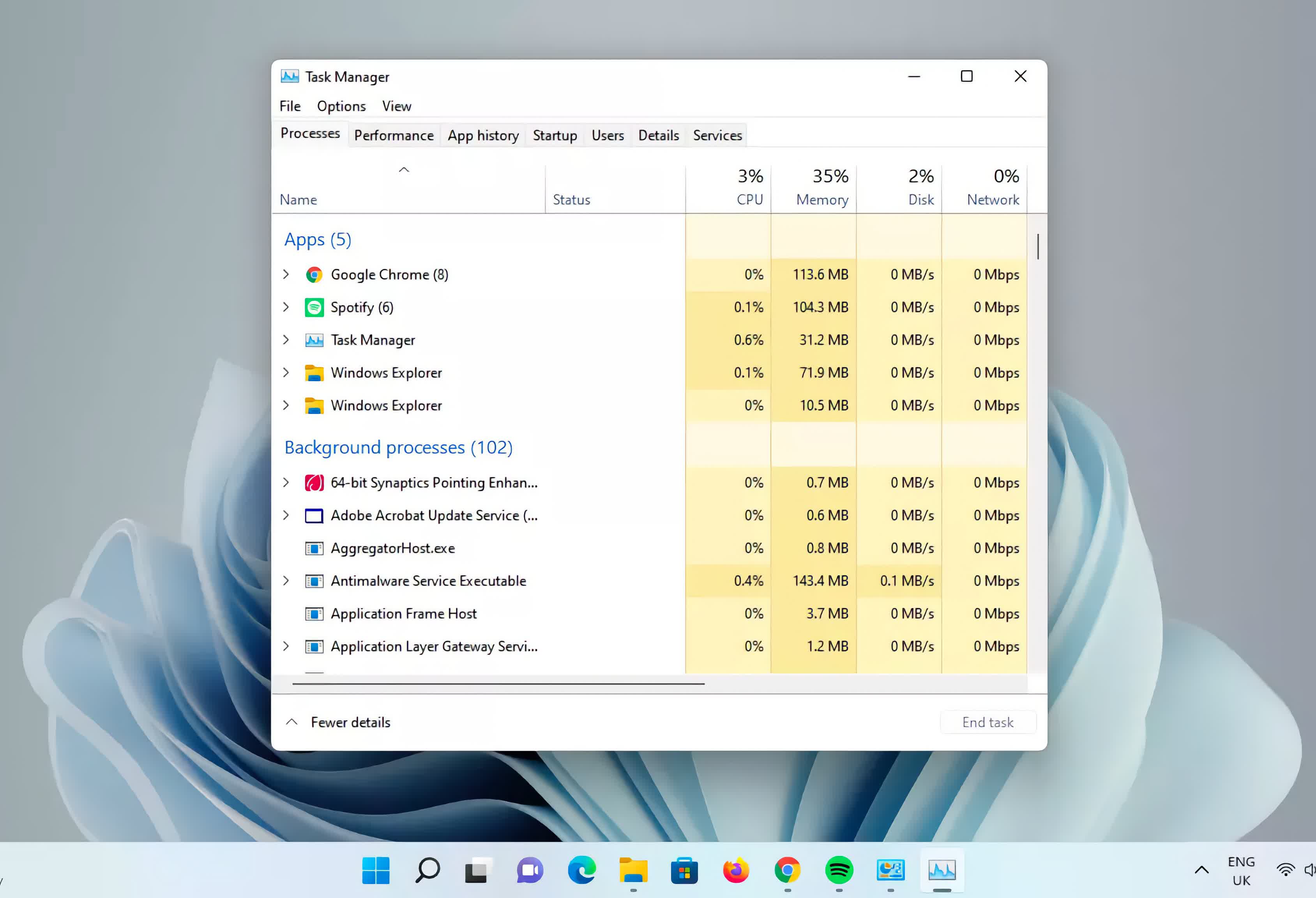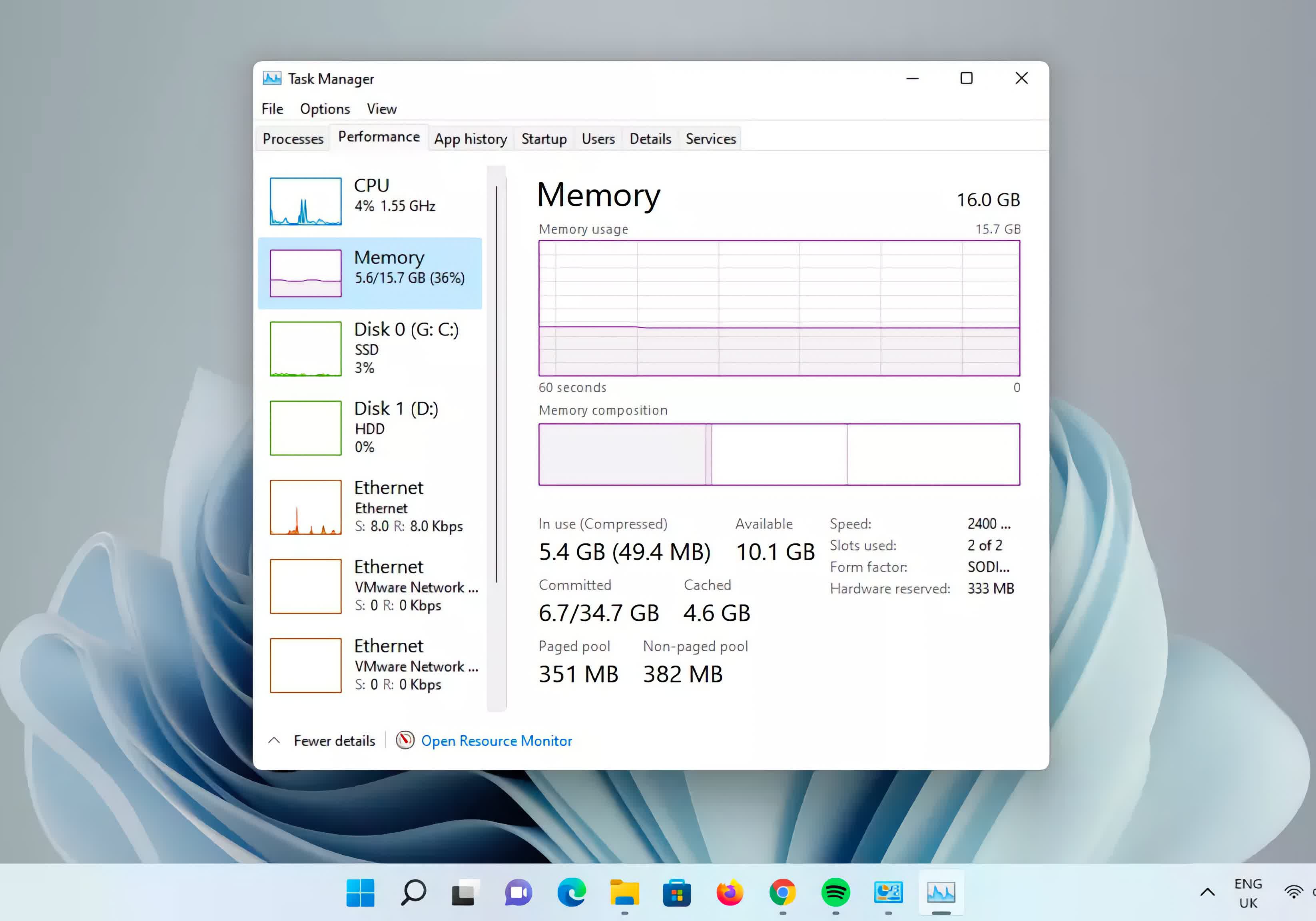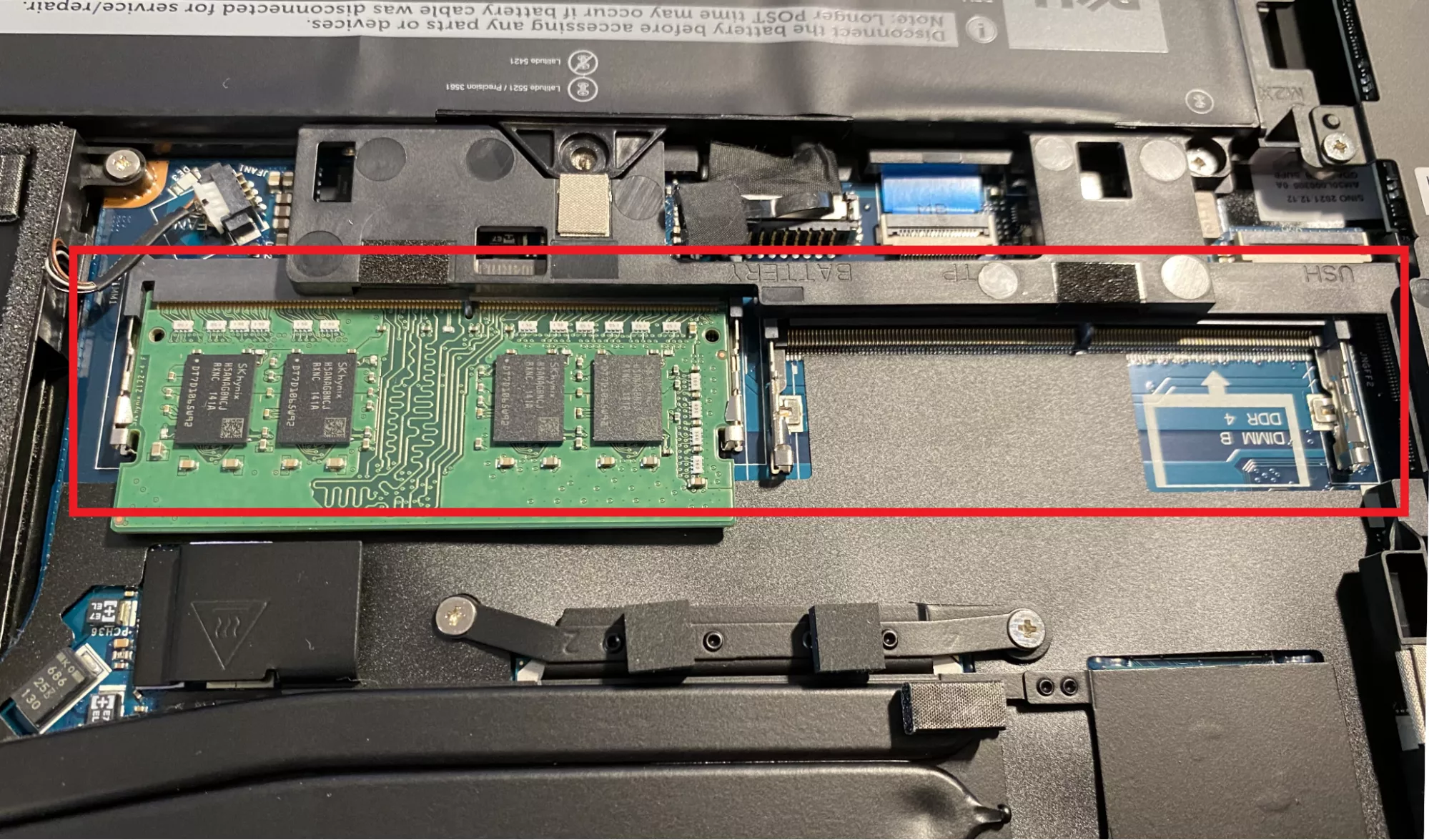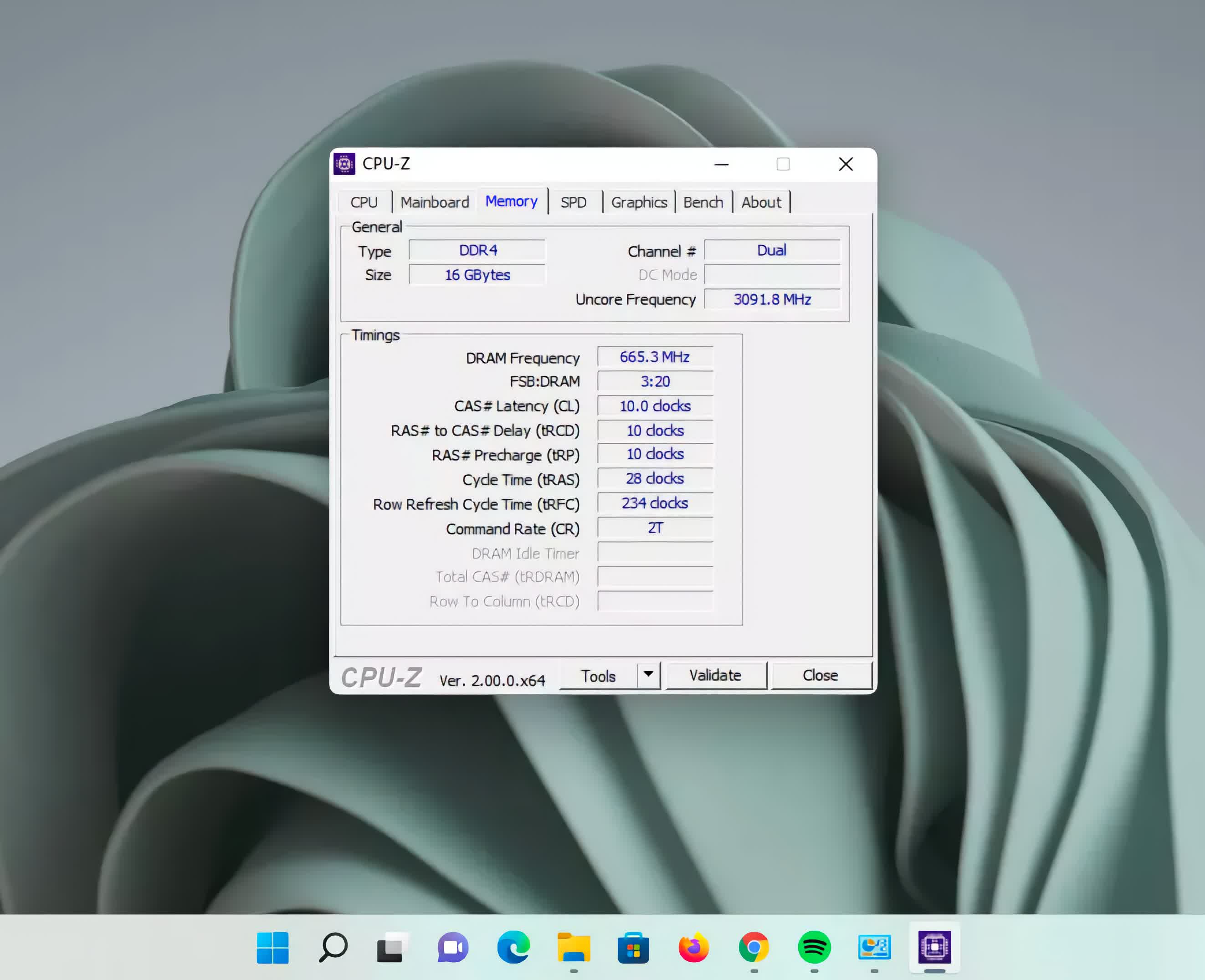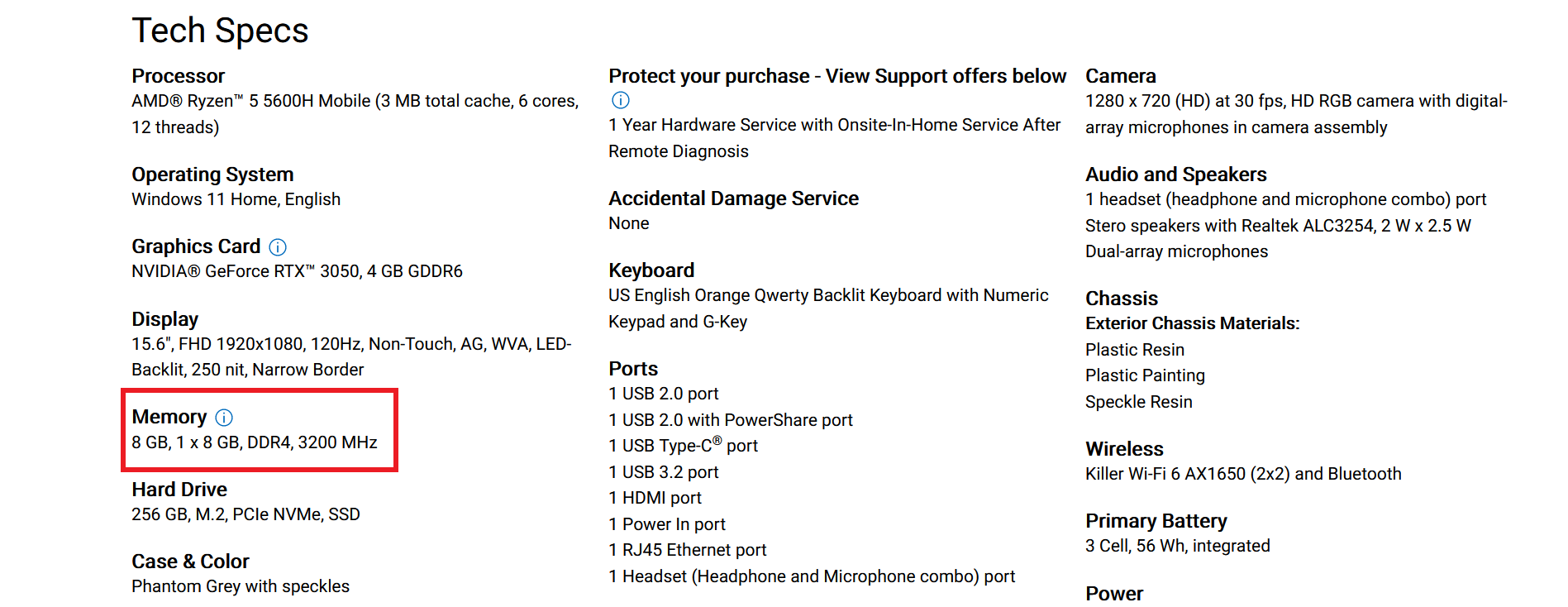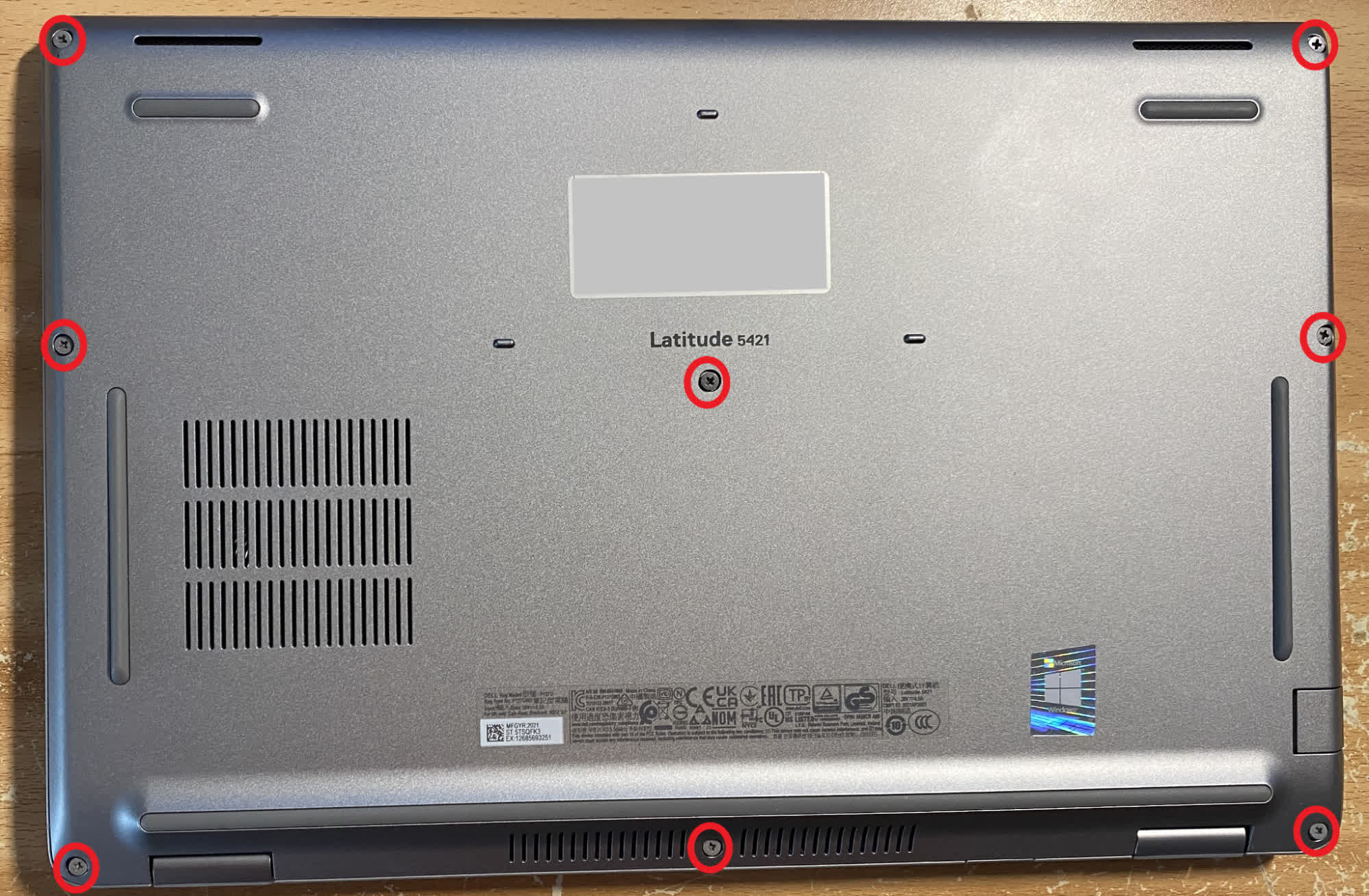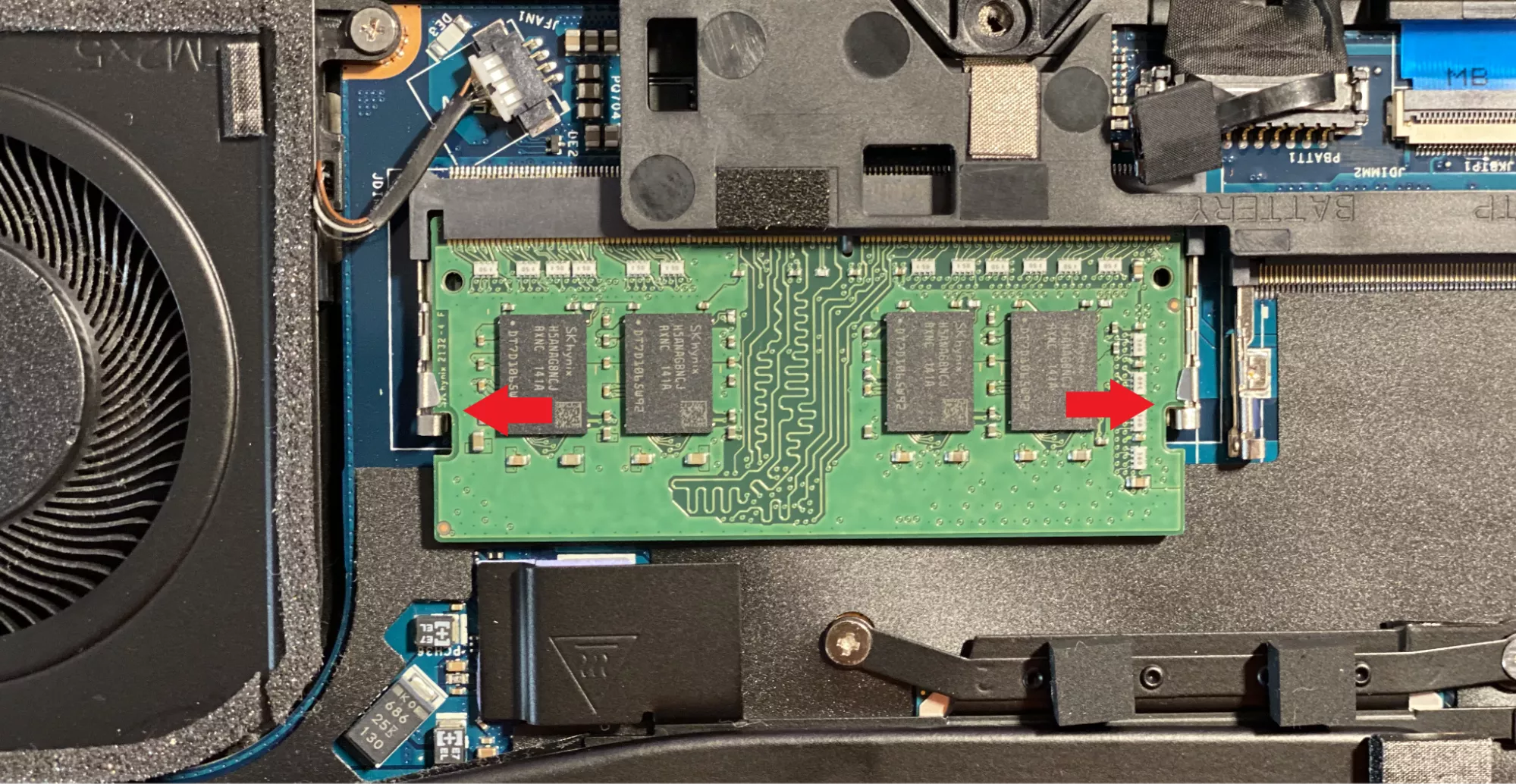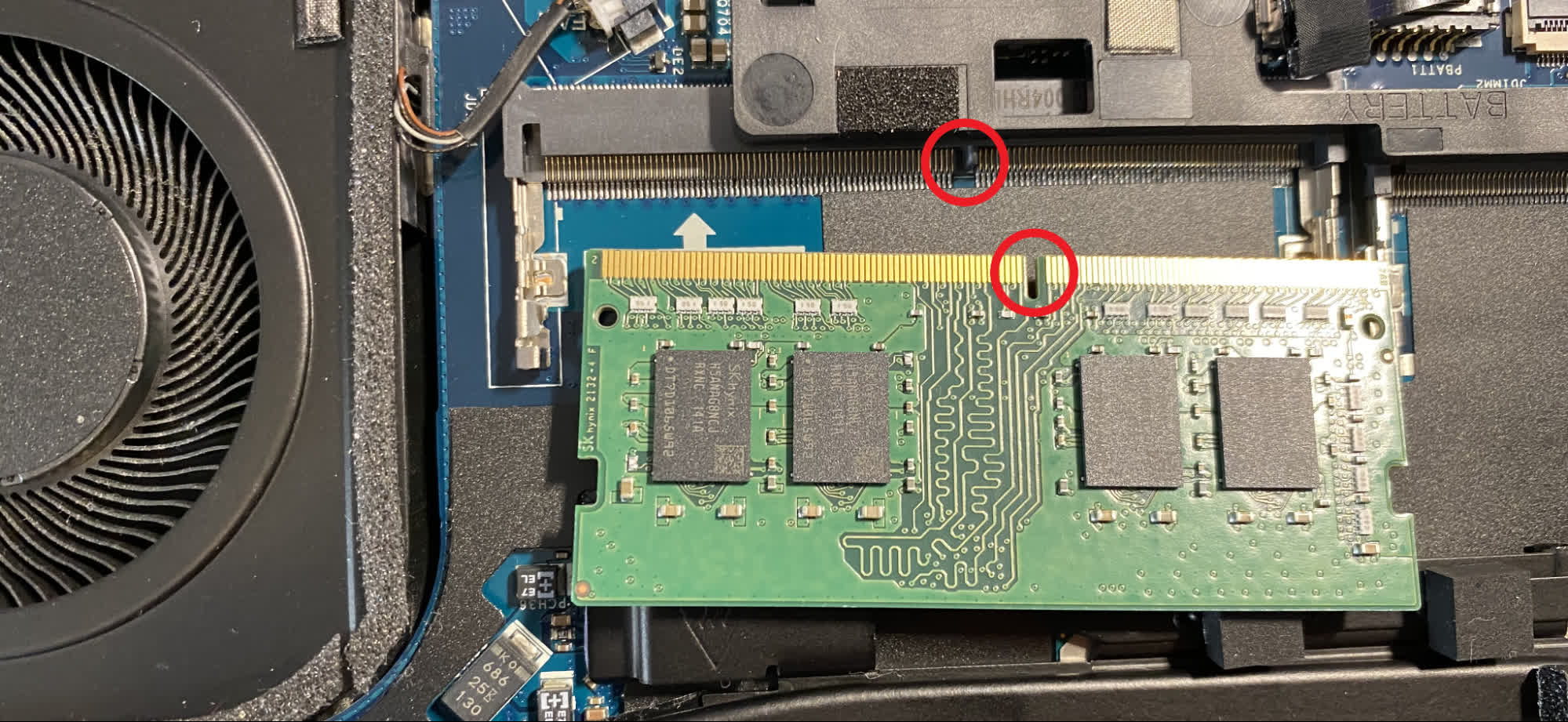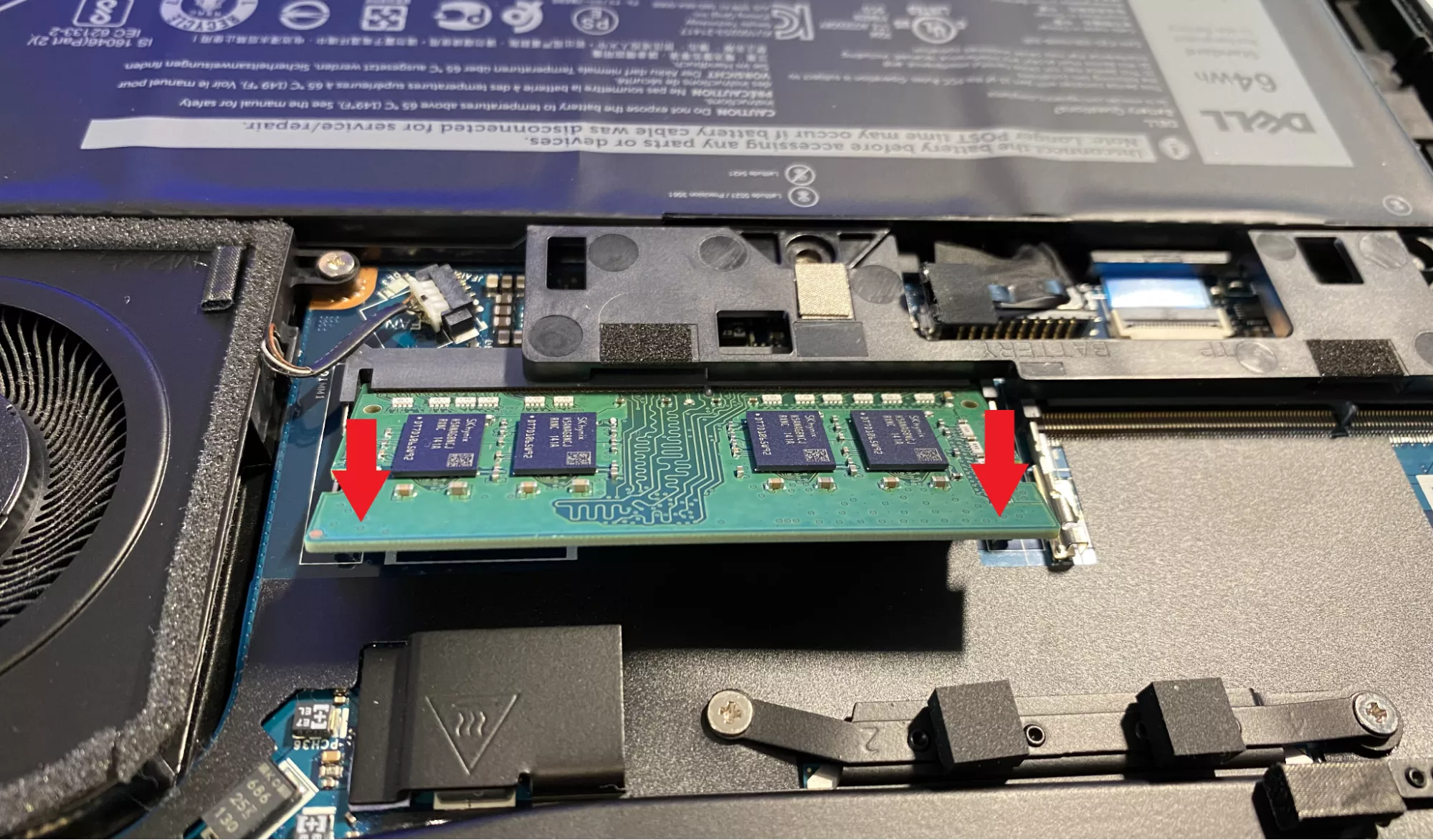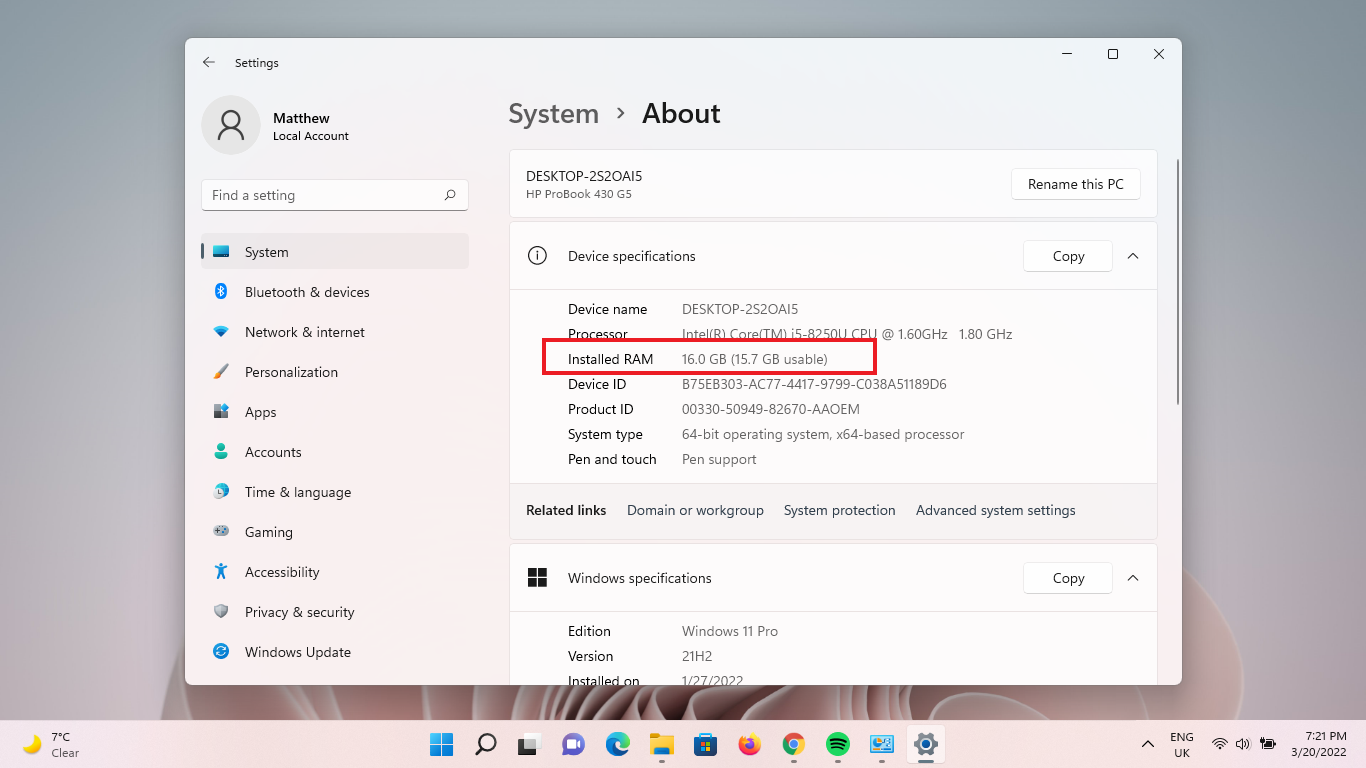If you're thinking about improving your laptop's performance, there are a few guaranteed ways to achieve that without having to be a computer wizard. Swapping an old mechanical drive for a faster SSD is one must-have upgrade.
We've seen countless of older laptops with non-removable batteries that now throttle (slow down) when on battery, because the battery no longer holds a decent charge, although that's a bit more involved and will require you to disassemble the entire unit.
But before you look into that, one noob-friendly option to speed up your system is to upgrade your RAM. This tutorial will focus on how to upgrade the amount of RAM in your laptop, and the best part is, the process is not as technical as the average person may think it is.
At this point, the obvious question to ask yourself is if you really need more RAM (a.k.a. system memory). As a rule of thumb on Windows/Mac computer, anything below 8GB is not good enough and upgrading will result in a performance improvement. 8GB is sufficient for most essential tasks, but adding RAM could bring a nice jump for multitasking, and 16GB is comfortable for general computing. If you need more memory than that, then you probably don't need to read a how-to guide and you already know your stuff.
Find your type of RAM and possible upgrade paths
To find out how much RAM you're currently using, check out the Windows Task Manager, which will report RAM utilization while running the programs you typically use every day. This will give you a fair indication if RAM is a performance bottleneck.
Now, let's make sure your laptop supports RAM upgrades since some laptops come with the RAM soldered on the motherboard and cannot be upgraded.
Check how many RAM expansion slots are available in your laptop and how many are free. The Windows Task Manager will show this information on the memory tab, or you can also use an app like Speccy that will list all your hardware in detail.
With this information on hand, you can determine the best RAM upgrade path, whether you simply need to add more RAM or replace your current modules.
You can find the exact RAM specs for your laptop on the manufacturer's product page, but at this point we usually like to take a shortcut and simply use Crucial's wizard (use the 3-Step Upgrade Selector), which will help you find your laptop brand, model and identify the exact type of memory you can upgrade to.
It's important to consider the RAM configuration as well. Most laptops support dual-channel memory, which increases memory throughput and performance, but this will require the installed RAM modules to run at the same speed and timing.
Most modern CPUs can take advantage of faster RAM, but cost-cutting measures prevent laptop manufacturers from installing the fastest RAM modules. Using a tool like CPU-Z can give you the information you need on how fast your current RAM modules are, which might benefit from an upgrade.
Step by step RAM upgrade
Now that you know you're ready for a RAM upgrade, let's actually go ahead with it, step by step...
- As before, visit the manufacturer page for your laptop model (or use Crucial's website) and confirm what RAM you need.
- Once you know the RAM you need (capacity, spec, and how many modules), buy them from any retailer of your choosing: Amazon, Newegg, or Crucial themselves.
- With your new RAM on hand, find the expansion bays on your laptop. Many modern laptops that offer RAM upgrades offer easy physical access and usually only need a screwdriver to access the slots. Flip the laptop over and watch out for a RAM marker, which indicates where your RAM is located.
- Push the straps holding the RAM in place away to the side to unhinge the RAM module and then pull the RAM out of its socket.
- Insert your new RAM module into the socket while watching out for the aligning hole.
- Once the RAM is in the slot, push down on the outer edge to get the RAM locked into the straps and you're good to go.
- Double check that RAM is well fitted into the socket and that no screws or other objects are left in the drive bay. Put the laptop cover back on, and time to boot up.
- Now to the best part. If all went smoothly, your laptop should boot up as usual and maybe even a little bit faster. You can confirm your upgrade has been successful by checking how much RAM is reported by your system by checking out the system properties or the Task Manager.
- In the event things don't turn out right the first time, don't panic. Just hold down the power button until the system turns off.
- If your laptop is not booting or you hear a beeping sound when you turn your laptop on, it's possible the new RAM is not inserted properly into the slot. Take the RAM module out and re-slot it again and see if it works. If not, try using another RAM stick or better still, try your old RAM stick to make sure your new RAM is not faulty.
Hopefully your RAM upgrade was successful and you will start to notice a healthy boost in performance and snappier app execution after the change.
